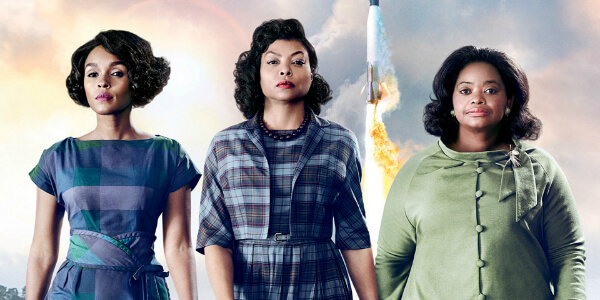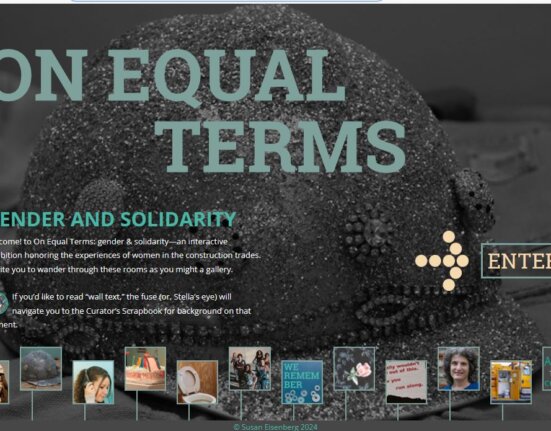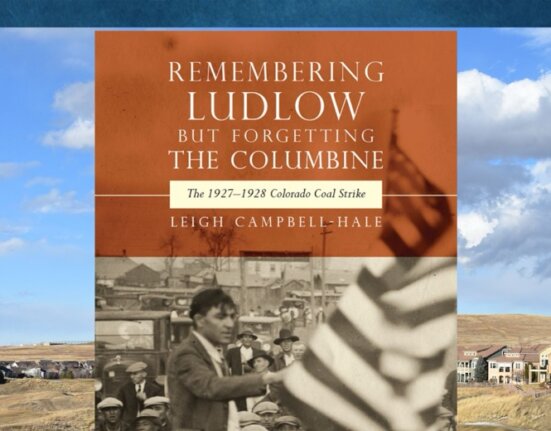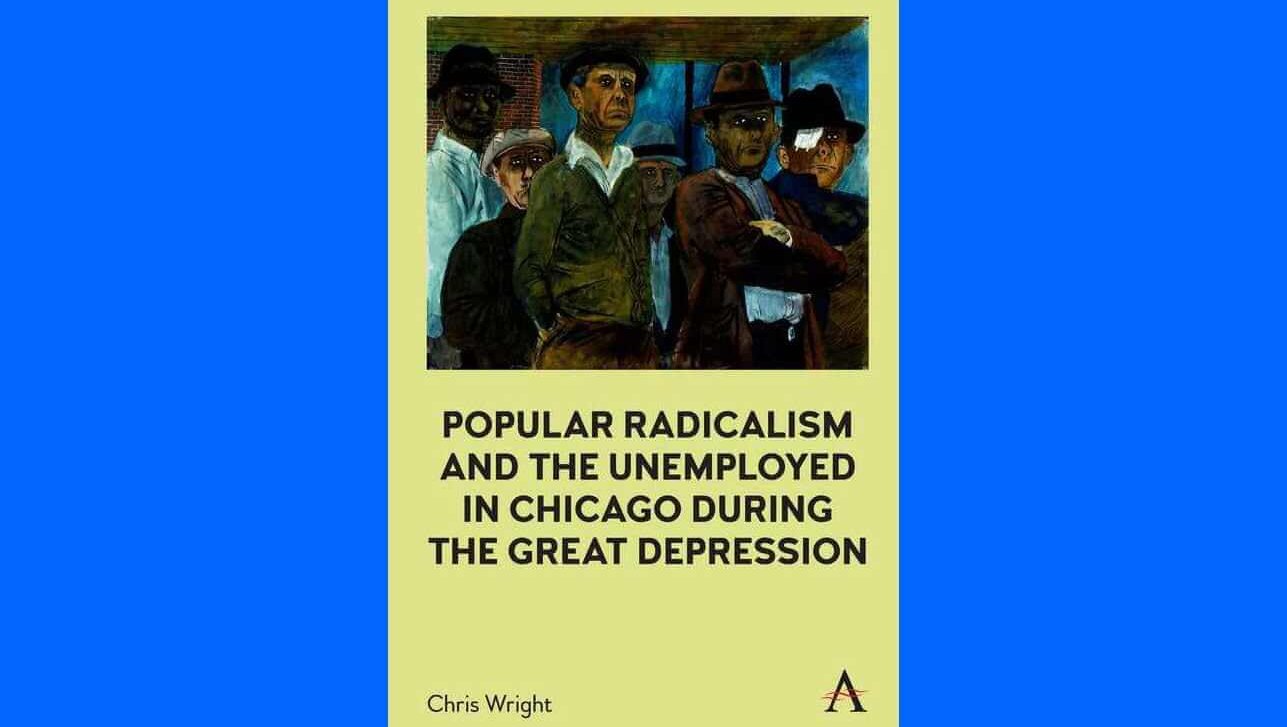While Hidden Figures traffics in familiar Hollywood tropes, it also takes very seriously the discrimination endured by our heroines, reminding us that it wasn’t very long ago that race and gender organized and structured the American workplace.
The 2016 presidential election was surprising in many ways, and I’m still struggling to understand the enormity of it. Overnight the electoral results transformed my perceptions and understandings of the communities and country in which I live and work, and my relationships to particular organizations, government policies, family members, neighbors, coworkers, and even certain words has been significantly altered compared to a year ago. Even in the realm of popular culture, my reaction to a new song, television show, or comedy sketch feels fundamentally different than if it had been released only a few months earlier. The recent Hollywood film Hidden Figures (2016) is a case in point, and if the raucous audience reaction at the screening I attended with my wife and daughters in South Bend in January 2017 is any indication, I’m not the only one feeling this way.
Directed by Theodore Melfi and based on the nonfiction book of the same name by Margot Lee Shetterly, Hidden Figures is a historical drama exploring the struggles and triumphs of African-American female employees of NASA during the height of the space race. Featuring excellent performances by Taraji Henson, Octavia Spencer, and Janelle Monáe, the film follows the intertwined stories of three highly educated and strongly motivated scientists — Katherine Johnson, Dorothy Vaughan, and Mary Jackson — real women who made vital contributions as the nation scrambled to put an American into space following the USSR’s launch of the Sputnik satellite in 1957. Brilliant, persistent, and supportive of each other, the three women help propel the rocket program while simultaneously breaking the barriers that have prevented them from rising through the ranks and contributing their fullest to their country. At the film’s end, as astronaut John Glenn orbits the Earth, our heroines have earned — and finally received — promotion, recognition, and — now, with the film’s release — fame.
As this brief plot description suggests, at one level Hidden Figures is a standard Hollywood feelgood movie featuring virtuous and deserving underdog protagonists who triumph over adversity, and their victories over racism and sexism circa 1960 serve to redeem an enduring American faith in individuals as agents of their own destiny and ultimately the United States as the quintessential land of opportunity. From this perspective, perhaps the most cathartic moment in the film is when Hollywood icon Kevin Costner, playing the white director of the Space Task Group (apparently a fictional creation drawn from several NASA bosses of the era), takes a sledgehammer to a “colored” bathroom sign, in a single moment demolishing racial segregation at the workplace — and prompting wild cheering from the diverse, packed crowd at our screening. Though Costner’s character acts less to further fairness than to improve his unit’s productivity, there is nothing more Hollywood feelgood than a social problem film whose resolution seems to reaffirm all at once compelling yet competing American values like individualism, fairness, inclusion, and economic efficiency.
But while the movie traffics in familiar Hollywood tropes, it also takes very seriously the discrimination endured by our heroines, reminding us that it wasn’t very long ago that race and gender organized and structured the American workplace. In other words, what we now see as a gaping contradiction between the meritocratic ideal of individual opportunity and the ugly reality of labor markets segmented by color and sex was actually a built-in feature of the economy. Hidden Figures shows ambitious African-American women confronting that system of oppression, what historian Nancy MacLean has described as “the rightness of whiteness” that governed both policymaking and conventional wisdom among whites for most of American history. That’s a welcome and important story, as is the film’s reminder that the black freedom struggle always foregrounded jobs and economic opportunity along with equality in politics and public accommodations. We often forget, for example, that the massive 1963 civil rights rally in Washington, DC, now best remembered for Martin Luther King’s “I Have a Dream” speech, was organized primarily by black trade unionists, who called it the March on Washington for Jobs and Freedom. By introducing another group of workers (scientists) and another front (the federal government as employer) to the story of the civil rights movement, Hidden Figures enriches our understanding of the scale and scope of the most important social movement in modern American history.
On the other hand, in streamlining the story of workplace inclusion, Hidden Figures might also give audiences the impression that the struggles for racial and gender justice at work were won decades ago. More specifically, in the compressed timeline of the film, our heroines appear to break through the cinder-block ceiling barring black recognition and promotion well before the Civil Rights Act of 1964 banned discrimination in employment. This is not mere historical nitpicking, because the federal government played — and has continued to play — the central and indispensable role both in pushing employers to integrate their workforces and in outlawing the custom of race and sex-typing of jobs. Furthermore, the opening of the American workplace (again to borrow Nancy MacLean’s apt phrase) has been less a moment in time than an extended, uneven, and fitful process, one we still need to confront today, as black wages still lag significantly behind white wages and black women are much more likely than white women to toil in service jobs than in professional and managerial occupations.
While Hidden Figures is a highly entertaining and edifying film, then, it does risk flattering rather than challenging its audience — especially the white portion long accustomed to vocalizing support for workplace equality but resisting the actual tools, such as affirmative action, to effect real change. For example, by ending the story in early 1962, does the film invite us to disconnect the present from the past, keeping difficult — and still unresolved — social problems contained “back then” and removed from us? Similarly, by adopting a narrative strategy that foregrounds the struggle and victory of a few individuals, do the filmmakers not only humanize a broader struggle but also fall into the danger of a single story unrepresentative of the larger whole (putting a twist on the novelist Chimamanda Ngozi Adichie’s idea)? Ultimately, does Hidden Figures indulge our willingness to celebrate the national ideals of equality, fairness, and inclusion while ignoring their relationship to the lived reality of so many Americans? I pose these concerns as questions rather than assertions, because I realize that one commercially-driven film can only do so much. At the same time, the historian in me insists on the importance of placing the stories of Hidden Figures into broader historical and social contexts — that is, if we don’t just want to feel good but also want to make things better.
Though Hidden Figures would benefit from portraying more context on the screen, however, its release couldn’t be better timed. Coming out just a month after the 2016 presidential election, the film has arrived at a political moment when many Americans — myself included — are understandably anxious about the incoming Trump administration’s apparent disregard, even disdain, for our country’s commitments to racial and gender equality at the workplace, in the justice system, and even at the level of rhetoric. If this movie had been released in, say, 2014, I likely would have underappreciated its many strengths and worried more about its unabashed embrace of the Cold War consensus, which endorsed spending massive resources on a geopolitical space race of questionable social value. Seeing it in January 2017, however, with a diverse, sympathetic crowd who cheered at multiple times and then engaged in sustained applause over the closing credits, I was reminded that though the 2016 election felt like a political earthquake whose aftershocks will no doubt continue for some time, significant numbers of us remain committed to realizing the American aspirations of equality, fairness, inclusion, and opportunity for all. In celebrating those aims, Hidden Figures is indeed a Hollywood feelgood movie. And in early 2017, that doesn’t just feel good; it feels necessary.
Don’t make the mistake of waiting for the home release to watch it alone on your small screen; go see it with family and friends before it leaves your local cinema.
Originally published February 26, 2017 at The Labor Question Today. Republished with permission from the author.







